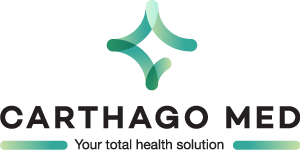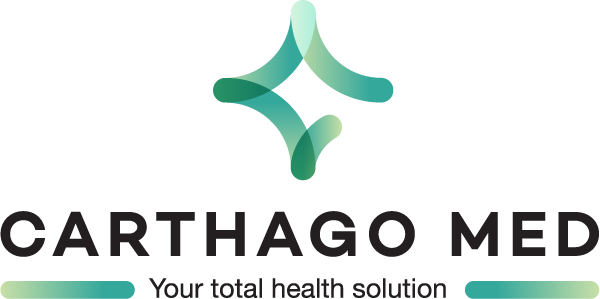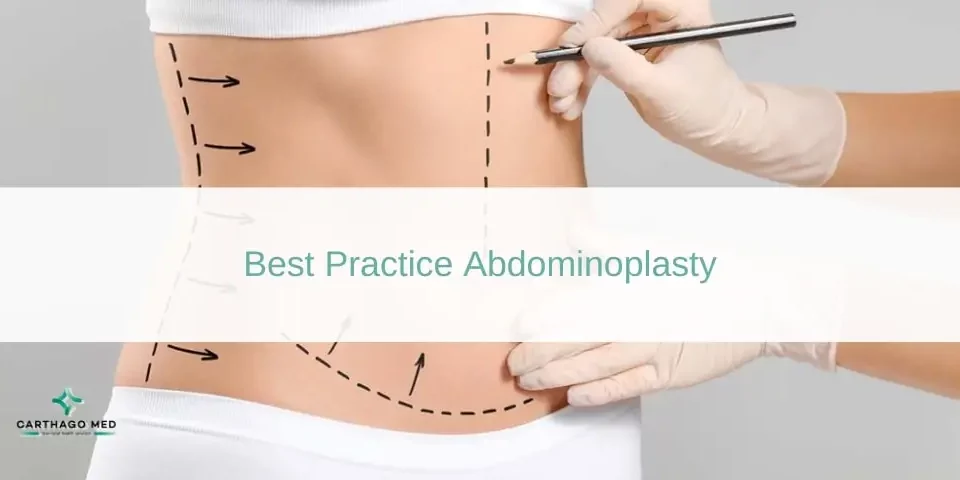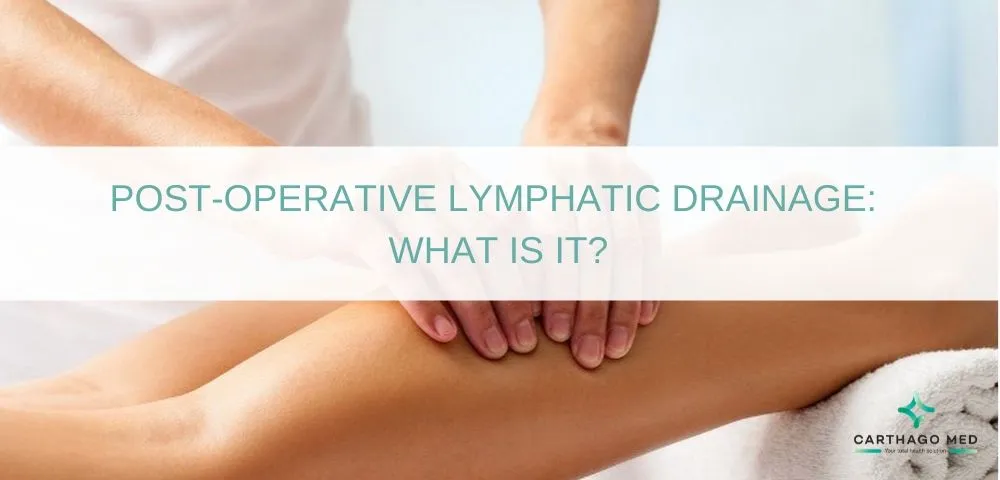
Post-operative lymphatic drainage: What is it?
Lymphatic drainage is a form of gentle massage that encourages the movement of lymph fluids around the body. The lymphatic drainage massage is usually performed by a physiotherapist in a specialized centre. The lymphatic drainage massage has several medical and aesthetic benefits on the patient’s body. You may discover the principle of lymphatic drainage massage and its advantages following an intervention of aesthetic surgery.
What is the principle of the lymphatic drainage?
The lymphatic system is made of lymphatic vessels containing a liquid of white color and akin to plasma; this liquid is known as the lymph. The whole lymphatic system moves fluid from body tissues into the blood circulation. It contains white blood cells, which has the role of fighting infection; these are called the lymphocytes. The lymphatic system also gets rid of all the wastes that cells produce. When the lymphatic circulation is insufficient (due to a lack of physical activity for instance), there is a risk of lymph accumulation; especially in members of the lower body. For people having problems related to lymphatic circulation (for any reason), lymphatic drainage massage helps improve their lymphatic circulation and prevent lymph accumulation in the lower body.
Why get a lymphatic drainage massage after having underwent surgery?
After an aesthetic intervention (abdominoplasty, liposuction, etc.), the recovery phase is highly important. The recovery duration is different for each patient. It generally depends on the importance of the underwent surgery and the patient’s body. Clinically, in the event of a post-operative therapy, MLD (Manual Lymphatic Drainage) is administered by a well-trained professional in understanding the exact lymphatic pathways in the body to be stimulated, trying to enhance the patient's recovery from an illness. MLD is also based on the certain issues in the lymphatic system that help to decide what exact techniques to be elicited to assist in the treatment of any health abnormality and post-operative conditions. As the circulatory system in the arteries and veins stops, our bodily fluids imminent in tissue spaces, simply known as an available fuel source (lymphatic) that can give any special clinical benefits in using right techniques of MLD and allowing the patient to recover in a short time. The principle includes the drainage of lymph nodes, performing abdomen breathing to stimulate the parasympathetic system and applying MLD techniques around areas of trauma. In MLD therapy sequence, we follow the main goals: to open the initial lymphatics and drain the swollen tissue, to reroute the lymph flow around the blocked areas in the times of immobility, to stimulate the lymphatic peristaltic in the event of insufficient lymphangiomotoricity, to increase the fluid removal in the times of insufficiency and reducing the fibrotic formation in the times of scarring and soft tissue healing. All these sequences are planned targeting to encourage the lymph flow in the deeper lymph collectors and help the body to return to a state of normalcy and to reduce symptoms of insufficiency and effects of immobility. By performing many scientific and lymphatic studies, it has been well approved that using a right lymphatic pathway can enhance the overall safety, efficacy and outcomes of MLD. Also, it has been suggested that MLD is beneficial.
How is a lymphatic drainage massage done?
The lymphatic drainage massage is performed in a clinic or a private office. It lasts between 60 and 90 minutes; depending on the patient’s medical case and needs. It is generally performed on both the arms and legs. The technique uses a light pressure and gentle, rhythmic movements to aid the body in collecting and moving lymphatic fluid. This helps the fluid find its natural direction, avoiding damaged or congested areas. MLD is performed by trained therapists who use their hands to "scan" the body in a sequence of movements, designed to stretch and encourage lymphatic flow. Starting on the trunk of the body, the therapist performs a short series of strokes directed towards the lymphatic nodes, ending the last part of each series at the nodes. The common sequence of movements carries on through the arms and legs, before emphasizing the face and other areas if needed. The treatment of each area will be adapted depending on the client, areas of concern, and stage of recovery. Each MLD stroke has a specific direction and sequence which maximizes the movement of lymph. It is important to give feedback to the therapist during the treatment if you feel that the pressure or technique is not quite right. The patient is encouraged to communicate freely with the therapist to get the most benefit and comfort from the treatment. The whole treatment is generally very relaxing for most patients. The sort of massage used is unique to MLD and which is why only specially trained therapists should perform the treatment. The therapist will be able to tailor the treatment specifically to the needs of that particular client. The end of the treatment will be followed by some focused breathing exercises, for example. This is because deep abdominal breathing encourages the natural contraction and expansion of the lymphatic vessels, which helps to move fluid along the system. According to the doctor’s recommendations, the patient will need to do a certain number of lymphatic massage sessions in order to correctly improve blood circulation and reach the expected results of their surgery.
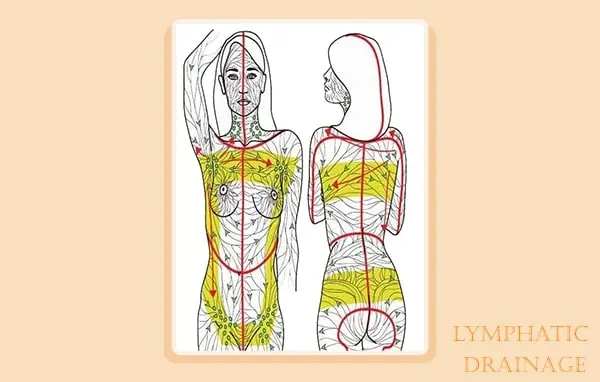
For whom is lymphatic drainage massage destined?
Besides it being destined for patients who have recently underwent surgery, lymphatic drainage massage is also recommended for people suffering from poor blood circulation. These problems may arise if the patient has a sedentary lifestyle or has been still for many consecutive hours. Lymphatic drainage massage is also recommended for people having inflammations caused by venous insufficiency. During preliminary consultations, the doctor will determine the patient’s needs and accordingly recommend a number of lymphatic drainage massage sessions for them to reach the results they expect. It is also possible to combine the lymphatic drainage massage with other therapies in order to limit the volume of lymphedema.
What are the advantages of the lymphatic drainage massage?
Besides its relaxing effect on the body and its benefit of accelerating recovery after surgery, lymphatic drainage massage reinforces the immune system. The lymphatic massage also improves blood circulation in the case of venous insufficiency and accelerates post-surgical scarring. The treatment of lymphatic drainage also has a positive impact on the aesthetic and physical aspect of the patient’s body as it helps tightening the skin and fighting cellulite. Once the lymphatic massage is done, the patient will feel extremely relaxed and in a state of optimal well-being (mentally and physically). If after the lymphatic drainage massage, the patient feels the urge to go to the wc, this means that the treatment has worked and that the lymphatic system has been stimulated. All in all, the lymphatic drainage massage restores certain capacities of the patient’s system and helps in its regeneration; especially after a long period of inactivity or following a surgery.







